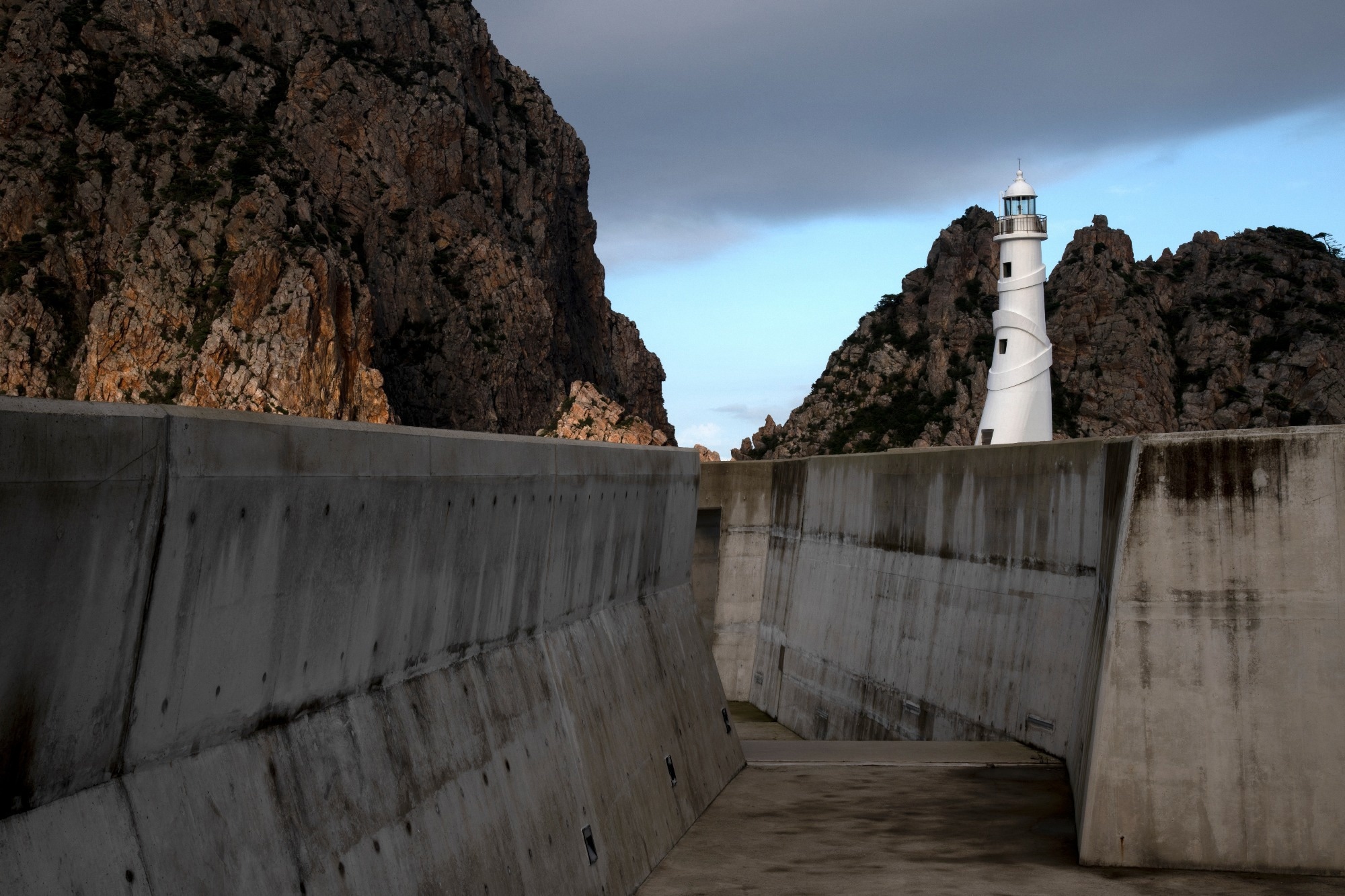A recent study published in the Journal of Applied Ecology explored how substrate color affects biodiversity in marine built environments. Researchers conducted a long-term field experiment using concrete panels attached to seawalls to investigate how color influences species colonization and marine community development.

Image Credit: SUNGMOON HAN/Shutterstock.com
The findings highlight that substrate color significantly shapes community composition, with effects varying across tidal elevations and over time. Incorporating substrate color into eco-engineering designs offers a practical strategy to enhance biodiversity on artificial coastal infrastructure and mitigate the ecological impacts of marine urbanization.
The Need for Eco-Engineering in Coastal Development
Marine construction, including seawalls and other coastal infrastructure, is rapidly expanding worldwide and now covers more than 50% of urban shorelines. While these structures protect human settlements, they often replace natural habitats such as seagrasses, shellfish reefs, and rocky shores with materials such as concrete, leading to reduced biodiversity.
Eco-engineering helps mitigate these impacts by integrating ecological principles into marine infrastructure. Traditional efforts have focused on modifying surface chemistry to improve habitat diversity. However, the role of color remained overlooked, despite its potential to influence how organisms perceive their environment.
Many colonizing species are sensitive to specific wavelengths, affecting their settlement, survival, and predation risk. For example, algae and invertebrates often show wavelength-specific preferences. Despite these effects, the influence of substrate color on marine community development has gained little attention in long-term studies.
Investigating Color Effects on Marine Communities
Researchers conducted field experiments from February 2022 to March 2023 at two Sydney Harbour sites, including Kurraba and McMahons Point. They deployed 160 concrete panels (25 cm × 25 cm × 2 cm) in four distinct colors: green, yellow, red, and grey. The yellow and red panels matched the dominant hues of local sandstone, green mimicked algal biofilms, and grey represented common concrete substrates. All panels were standardized for reflectance (approximately 26-29%) to isolate color effects from brightness.
Panels were installed at two tidal elevations: high intertidal and low intertidal. At the low elevation, panels were assigned to open, caged, or half-caged treatments to assess how predation and grazing mediate color effects. Sessile and mobile biota were sampled at 6 weeks, and 3, 6, and 12 months post-installation using point-intercept methods and species counts. Statistical analyses included multivariate PERMANOVAs to assess community structure and generalized linear models (GLMs) for abundance and cover.
Key Findings on Substrate Color and Community Development
The outcomes showed that substrate color significantly influenced benthic community development, with effects varying by tidal elevation, time, and biological interactions. At the high intertidal elevation, color effects were minimal and transient, with only a site-specific increase in sessile cover on yellow panels observed after six months.
In contrast, at the low intertidal elevation, where colonization was denser and more diverse, substrate color indicated strong and persistent effects on community structure.
Early in the experiment (6 weeks to 6 months), red panels supported different communities with higher cover of Ulva australis and Amphibalanus variegatus than other colors.
Brown filamentous algae were less abundant on the red panels, consistent with previous studies showing larval settlement preferences for red substrates. Yellow panels differed from grey controls early on, although the effects were less consistent.
Functional groups responded variably over time. Brown algae were initially more abundant on grey and green panels, but later showed lower cover on red panels. By 12 months, brown algae were more abundant on grey panels under partial predator exclusion. Light-colored invertebrates increased on green panels under caging, and mobile grazers were more abundant on green panels at the high intertidal elevation after six months.
Most color effects were independent of predator and grazer, indicating that settlement preferences rather than post-settlement predation drove the observed patterns. Spatial variation between sites was also evident, with some color effects differing between Kurraba Point and McMahons Point, likely due to differences in larval supply or local conditions.
Implications for Marine Infrastructure Design
This research demonstrates that substrate color can shape the assembly and diversity of marine communities. Incorporating color into marine structures provides a cost-effective means of promoting biodiversity and enhancing ecological resilience in coastal areas.
By matching artificial substrates to natural hues, such as local sandstone colors or algal biofilms, eco-engineering projects can create more visually compatible environments that encourage the settlement and persistence of native species. Since color effects persisted for at least 12 months, this approach offers longer-term benefits beyond the initial phases.
Conclusion and Future Directions
This study highlights the key role of substrate color in shaping marine benthic communities on artificial structures. By controlling for brightness, researchers showed that spectral qualities alone can influence species settlement and community composition.
Future work should investigate the mechanisms behind species-specific color preferences and how color interacts with tidal elevation, topography, and local environmental conditions. Overall, integrating substrate color into marine infrastructure offers a cost-effective technique to enhance biodiversity, advancing sustainable development.
Disclaimer: The views expressed here are those of the author expressed in their private capacity and do not necessarily represent the views of AZoM.com Limited T/A AZoNetwork the owner and operator of this website. This disclaimer forms part of the Terms and conditions of use of this website.
Source:
Cunningham, H. et al. (2025) The rainbow connection: The case for including substrate color in the ‘eco-engineering’ of marine constructions. Journal of Applied Ecology. DOI: 10.1111/1365-2664.70118, https://besjournals.onlinelibrary.wiley.com/doi/10.1111/1365-2664.70118